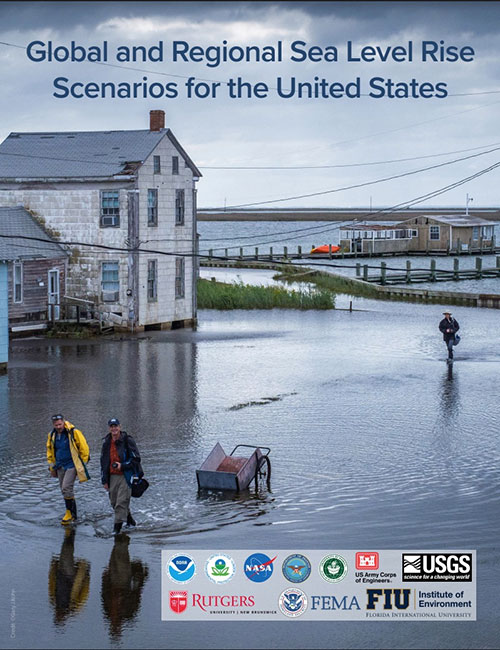
DE State Climate Data & Tools for Vulnerability (11/18/22)

Focus:
Delaware's greatest challenge is FLOODING
DE State & Local Resiliency Planning (12/15/22)
Danielle Swallow, Delaware Sea Grant
DE by the numbers:
Population & Demographics:
Construction & Land Use Practices
Adopt Higher Standards
Support Capacity-Building at the State/Local Level
Invest in Our Social Infrastructure
Mike Fortner, City of Newark
Comprehensive Development Plan V - Vision:
Delaware's Sustainable Communities Planning Grant 2017 Opportunity
Kristy Rogers, Town of Milton
Susan Love, DNREC CCE, Climate and Sustainability
In Delaware, climate change primarily takes the form of:

Residential Addresses - Protected Lands - Water Supply Wells
within 1.5 meter scenario
Last Century's Conservation Laws Have Big Impact Today: (note none are specific to climate change)



Resources:
DE State Emissions Reduction Policy & Programs (12/1/22)
Annina Northridge, CCE Climate Team

History Lesson!: Mitigation in Delaware
2000: The Green Energy Fund Launches
2005: Delaware's Renewable Energy Portfolio Standards Act (amended in 2021)
2008: Delaware Joins the Regional Greenhouse Gas Initiative (RGGI)
2009: Code for Energy Conservation
2010: Low Emission Vehicle Program
2014: The Delaware Energy Act
2014: Regulation for State Energy Conservation Code (amended in 2020)
2017: Joins the United States Climate Alliance
2021: Regulation Prohibits Certain HFCs
Energy Policy in Delaware
Brett Swan, DNREC Division of Climate, Coastal Energy (CCE)
Focus on renewable energy, energy efficiency, building codes, energy security, and overall energy policy planning.
Agency & staff leads for:
Energy Equity & Environmental Justice
Community Solar
Breanne Preisen, Clean Transportation Planner
Division of Climate, Coastal and Energy
Health Impacts from Tailpipe Emissions:
| Human Health | Environmental Health |
| Respiratory Infections, Asthma, COPD | Increased temperatures and heavier rain storms |
| Cardiovascular diseases | Poor water quality, harmful to fish |
| Stroke, Depression, Headaches | Organ and reproductive failure |
| Osteoporosis, Impaired liver and kidney function | Crop damage, contaminated soils |


Levels of Vehicle Charging
Charging Stations Installation Efforts - Funded through: Delaware's VW Mitigation Settlement Funds, National Electric Vehicle Infrastructure Formula Funds (under the Bipartisan Infrastructure Law)
Where Are We Going?
Electric vehicles are not the final answer: Walk, Bike, Carpool, Transit
Challenges: Grid stability, Not enough charging, Uncertainty on pace of deployment
Delaware Statewide EV Charging Infrastructure Plan
Catie Soriano, CCE Sustainability Team
Natural and Working Lands: Delaware's Nature-Based Solutions to Mitigating Climate Change
What is a NWL? - Lands and ecosystems that have the potential to sequester and store carbon. Ag lands, forestlands, wetlands, grasslands, meadowlands, shrublands, and urban greenspaces. Additional benefits.
NWLs can:
NWLs and Delaware's GHG Inventory
Sources of Emissions
Carbon Sinks and the Inventory - sequester and store more CO2 from the atmosphere than they release

Delaware's Strategies and Programs
Delaware Climate Action Plan (2021)